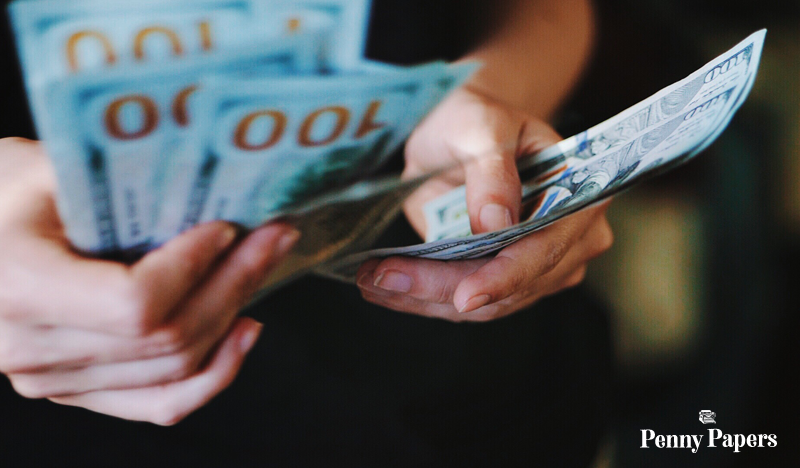Other than not saving (the #1 mistake), the #2 mistake is not having an emergency fund.
What’s an emergency fund?
An emergency fund is money you’ve stashed away for a rainy day that you will not touch unless it is an emergency.
Here are 5 things you should know to ensure the success of your emergency fund.
1 – How big should my emergency fund be?
Your emergency fund should be the equivalent of at least 3 months of income. Ideally you’ll want 6-12 months. This ensures that in the event of an accident or some other event that causes you to not be able to work, you have a few months cushion to figure things out.
2 – Where do I keep my emergency funds?
To keep things clean, we recommend a new bank account that you consider as being solely for your emergency fund. For ease of use you can create it as the same bank you are currently using. This enables you to easily transfer money from your main account to your emergency fund account every month.
3 – How do I go about funding my emergency fund?
Start with saving 10% of your income every month. The best thing to do is as soon as your check hits your bank account, immediately transfer 10% of it into your emergency fund.
For example, if you make $2,000/mo, you’ll transfer $200 into your emergency fund each month. At this rate you’ll have 3 months of income in your emergency fund in 30 months (2.5 years).
For some, saving 10% will be simple. For others, they may have to make significant adjustments to their budget to make this possible.
Each month look for unnecessary expenses you can trim and add those amounts to your emergency fund transfer every month.
If you can get it to where you are transferring 20% of your monthly income to the emergency each month, you’ll have the equivalent of 3 months of income in just a little over a year (15 months)!
4 – What constitutes an emergency?
A major factor in ensuring the success of your emergency fund is to view those funds as “untouchable”.
It will be tempting to make larger purchases because you have the money in the bank. However, make sure you define what an emergency would be for you.
For example, this might mean you only use the money if you lose your job, if your car breaks down, or perhaps you have some unexpected medical bills.
The more clear and specific you are with what constitutes an emergency, the more likely you are to keep growing your emergency fund instead of quickly depleting it.
Something else to consider is that this emergency fund should be designated for you and your immediate family (spouse, children, etc.). This is not a fund for your extended family or friends to borrow with a promise to pay it back asap.
There’s no problem with helping out a family member or a friend but if you’re going to do that, make sure it is out of your main account or savings account but not your personal emergency fund.
5 – Make funding the emergency fund your top priority.
Make funding your emergency fund your #1 priority and see how fast you can fill it up.
Every time you are going to make an “unnecessary” expense, ask yourself…
“Do I really need this right now? Or would it be better off in the emergency fund?”
You’ll find that this way you’re able to fund your emergency fund much quicker than you expect and having 3, 6, or 12 months of income sitting in that account will do wonders for your peace of mind.


